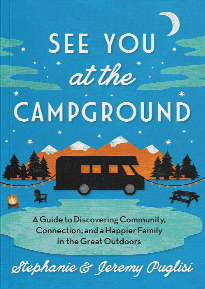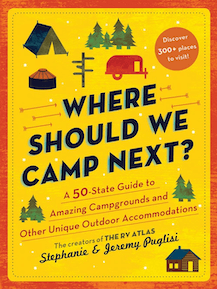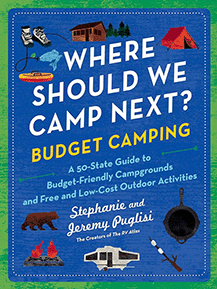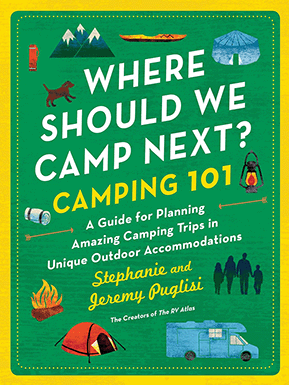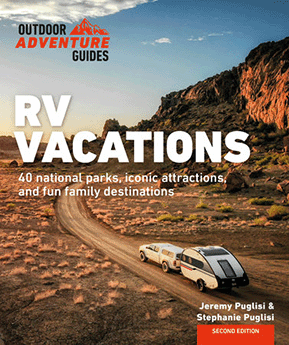featured image, and all images, by Amanda Strozeski
Our Australian Cattle Dog, Maggie (AKA Maggie the Camping Dog!) has been a beloved member of our family for the past three years. But sadly, I don’t have many good pictures of her at home or at the campground. She is rescue dog and has always been a little skittish around the camera. She trusts me (Jeremy) completely, but she shies away from me when I have a camera in my hands. So when my local camera shop offered a seminar giving tips for better pet photography I signed up right away.
Amanda Strozeski and Mister Barclay
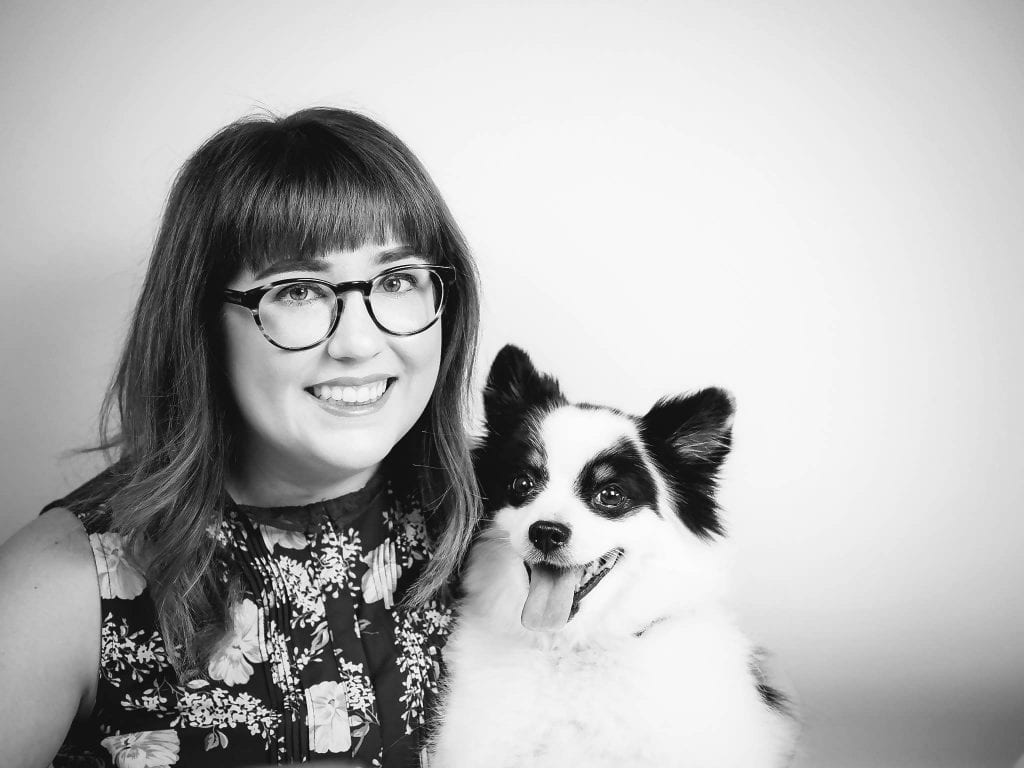
photo by Amanda Strozeski
The workshop was led by Amanda Strozeski, who works for Olympus and runs the popular pet Instagram account @itsmisterbarclay. Mister Barclay is totally adorable and I recommend you give him (and Amanda!) a follow! Amanda’s seminar was ace and I learned many tips for better pet photography. I was so excited about the seminar that I invited her on The RV Atlas Podcast to share her tips.
You can click the player at the top of this article to listen to our interview or check it out in your favorite podcast app…
More than half of RV owners travel with their dogs and I’m sure that all of them would love better pictures of their pooches for Instagram and scrapbooking. Thankfully Amanda said yes to coming on to the podcast and delivered these amazing tips for pet photography!
1. Get Your Pet Comfortable With Your Camera
Amanda suggests letting your pet sniff (and maybe even lick!) you camera so that they become comfortable with it. This seems like such a no-brainer tip to me now, but I never took the time to let Maggie do this. I’m sure her lack of familiarity with my camera has contributed to her unease around it. That’s going to change this summer! My Nikon D7100 is weatherproof, so I’m certain that Maggie can lick and sniff away to her heart’s desire without damaging my gear. After hearing Amanda give this first tip I felt like I was on my way to better pet photography already.
2. Get On Their Level
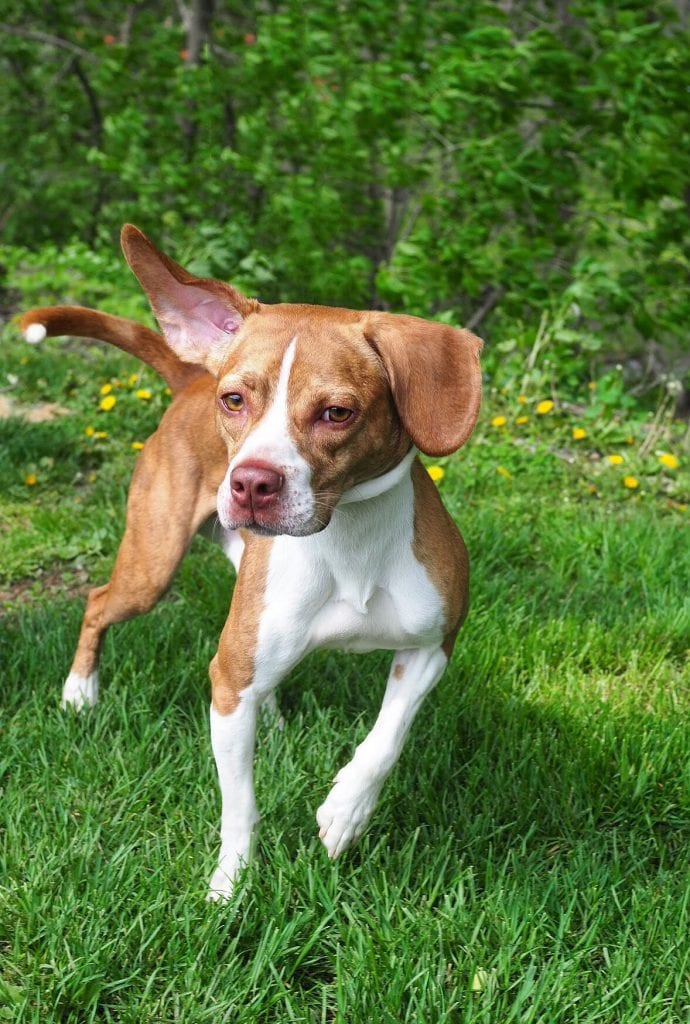
photo by Amanda Strozeski
Your pictures will be more visually interesting if you get down at your pet’s level, and you will have a better emotional connection with them. This is one of several tips that can also be applied to taking better pictures of your children. But no, I have never allowed Max, Theo, or Wes to lick or sniff my D7100!
3. Think Focus, Focus, Focus
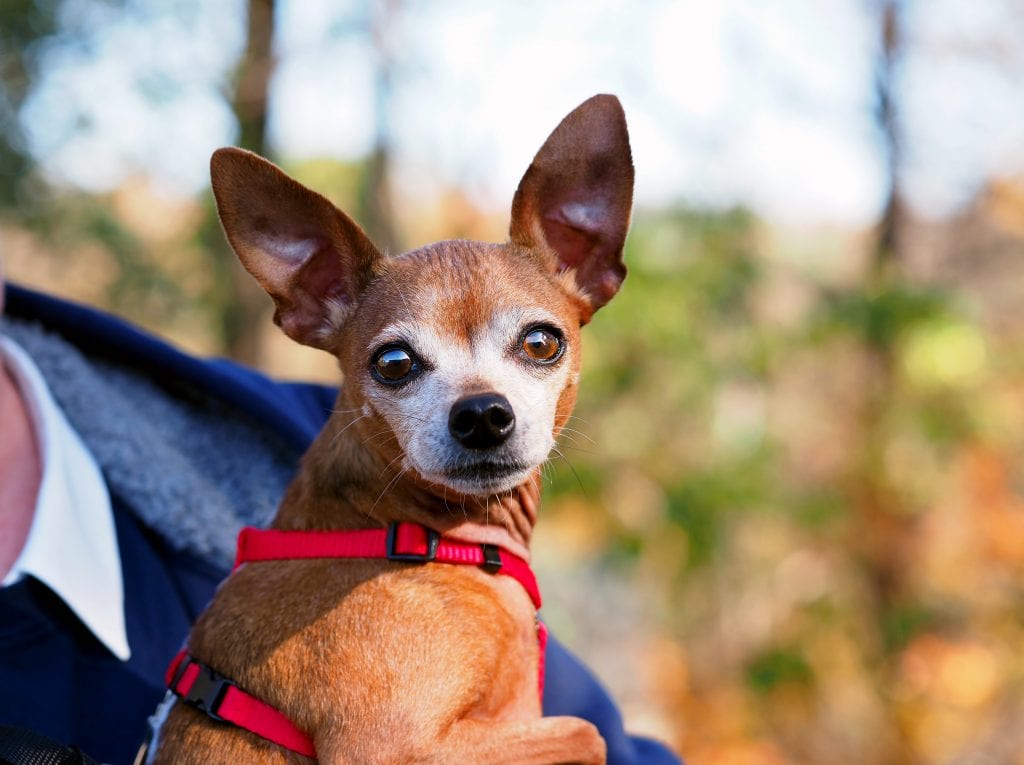
photo by Amanda Strozeski
Amanda really blew me away with this tip, which once again seems obvious only after you’ve been told to do it. But honestly, it would probably have taken me a year to figure this out on my own. In our interview Amanda pointed out that dogs cats have noses and eyes that are further apart than human noses and eyes. Because of this, “you always want to make their eyes the focus point, and not their nose.” Amanda emphasized that its “always dissapointing when you get a shot of a happy animal, but there eyes are blurred and their wet nose is in focus instead.” I couldn’t agree more. I know because I have taken those kind of disappointing photos of Maggie!
4. Making Eye Contact
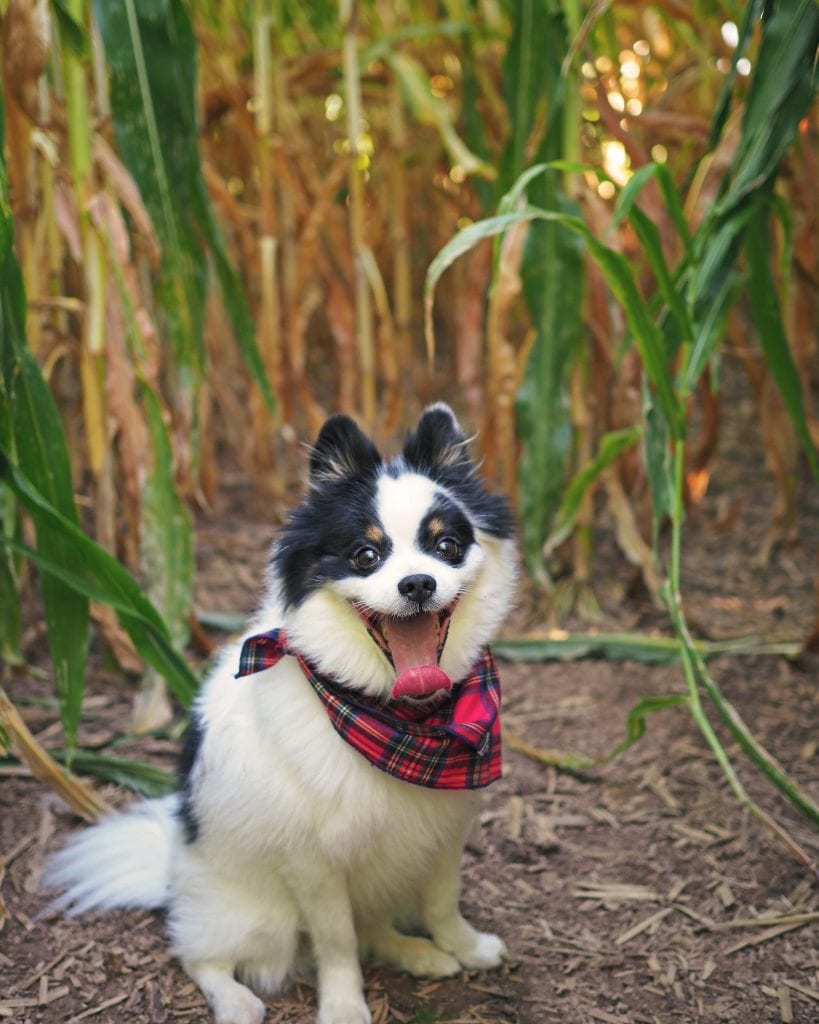
photo by Amanda Strozeski
Great picture of pets and people should pull the viewer in with an emotional connection. And what better way to make that connection than with eye contact. Getting the subject of a portrait to look directly into the camera may be a bit more challenging with a pet as opposed to a person–but it is incredibly rewarding. So how do we get our pets to make eye contact with the camera lens? Each pet is different so Amanda offered several options.
5. Use Food to Make Eye Contact
I’m almost ashamed to admit that I’ve never offered Maggie treats when trying to take her picture at the campground. All of my children can be easily bribed with the promise of a treat, and to be fair, so can I! Amanda recommends shaking or crinkling a bag of treats to get your pet’s attention or even placing the treat on top of your camera while you take pictures! If you are taking a picture of an unfamiliar pet she also recommends checking if he or she has any food allergies before giving them a treat.
6. Using Toys to Make Eye Contact
Sadly, this tip will never work for me with Maggie. She is completely uninterested in toys, but hopefully your pet is. If your dog is interested in squeaky toys this is a great option for getting them to look at the camera. Amanda did caution us not to oversqueak the toys because doing so can “quickly lose its effect…and sometimes scare more timid subjects.”
7. Using Praise and Attention to Make Eye Contact
While Maggie does not respond to toys, she does respond to praise and attention. In that sense she is just like me! Make a strong emotional connection with your pet by being playful and loving before, during, and after, taking photos.
8. Choose a Shutter Speed for the Effect You Want
Messing around with your shutter speed allows you to create motion in your photo or freeze the action. For a dog, this manifests itself most clearly with their wagging tails. If you want their tail to look blurry, like its actually moving, try lowering your shutter speed. If you want to freeze action and have the tail look completely still, then up the shutter speed. The same principals also apply to capturing a dog’s legs when they are running. Creating motion in your pet photos can really bring them to life and capture your pets energy and playfulness.
9. Choose the Best Lighting for Shooting Outside
If you are taking pictures of your pet outside, at the campground, or even in your backyard, try to avoid shooting during harsh, direct sunlight. Early morning and early evening is often best. Cloudy days are also awesome for photo shoots! Amanda also suggests trying to find filtered light “like under trees with leaves” so that the sun creates catch lights in your pet’s eyes.
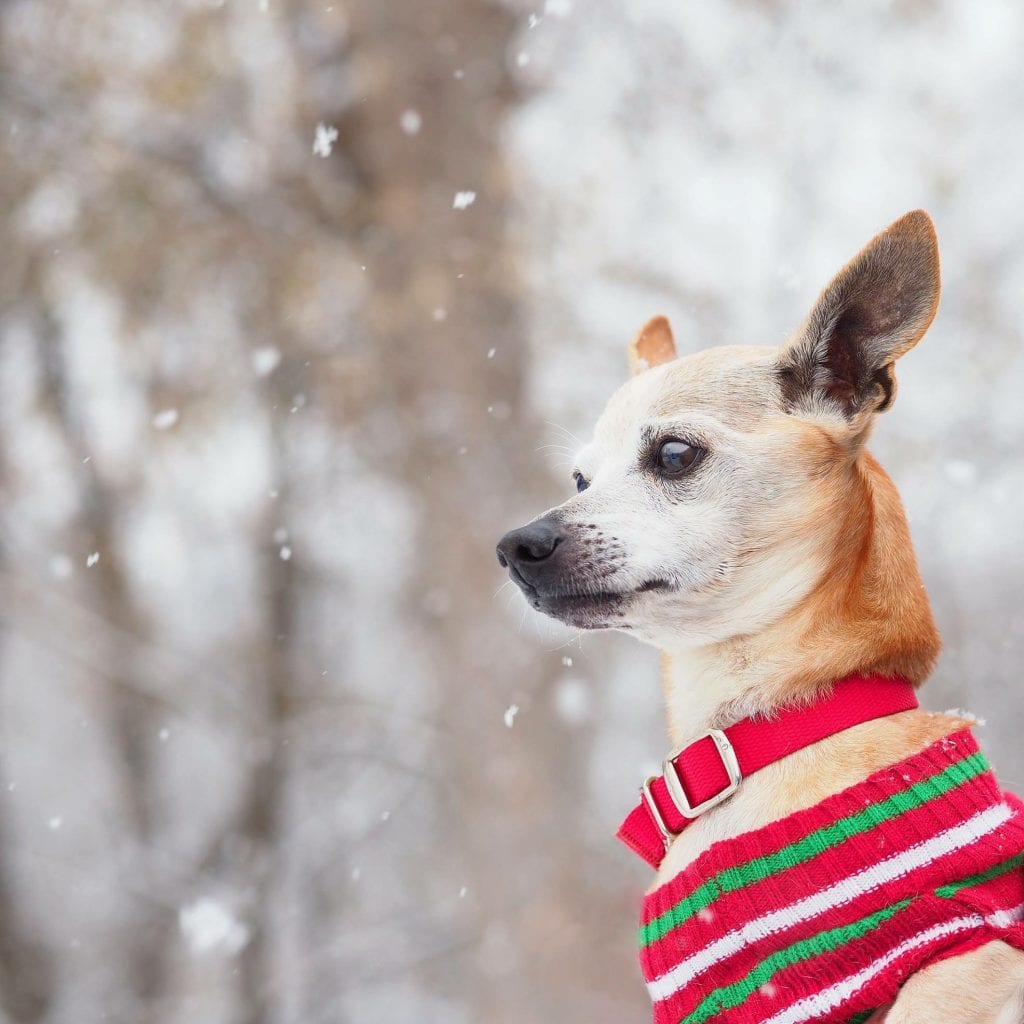
photo by Amanda Strozeski
10. Use Pro Capture Mode
Amanda loves shooting with Pro Capture Mode on her Olympus camera. If you don’t shoot with an Olympus camera Amanda thinks you should, but suggests using burst mode instead. As she pointed out in our interview, “If you’re traveling with your dog in an RV, when you stop and go outside they don’t want to sit still and pose for a photo. They want to play and burn off some energy.” So shooting in burst or Pro Capture Mood will ensure that you don’t miss any of those magic and spontaneous moments that our pets are so good at creating. This is one of our very favorite tips for better pet photography!
11. Use Silent Shutter Mode
If you have silent shutter mode you might want to use it while taking pics of your pup. As Amanda pointed out during our conversation, “if you are working with a dog that is skittish, hearing the “click, click, click” of your shutter might be intimidating.”
12. Use Your Articulating LCD Screen.
Again, this is one of those tips that seems obvious after you are told to do it by an expert like Amanda. Using your LCD screen “will let you get at different angles physically, but still be able to see if you’re getting the shot you want.” More importantly, “your face won’t be disappearing behind the camera and breaking the connection you’re building with your subject.” I think that advice really sums up Amanda’s major theme for taking great photographs of your pets. It’s all about the relationship and the emotional connection you have with your pet. If the relation is loving, and the connection is strong. then your pictures will be great, just like Amanda’s.
Amanda Strozeski is the Manager of Social Media & Influencer Marketing for Olympus, where she works to create social strategy and content for their mirrorless OM-D and PEN cameras, waterproof Tough cameras, and audio recorders. She is also a professional animal rescue photographer who works with a number of shelters and rescues in Pennsylvania. She has been a Featured Photographer for Savage Universal and member of HeARTs Speak, a non-profit for rescue related artists. Amanda loves having the opportunity to run pet photography workshops and help photographers make a connection with rescue animals. She is also a social influencer for a variety of well-known brands and runs the pet Instagram account @itsmisterbarclay.
We hope you enjoyed these 12 tips for better pet photography, for more podcasts about taking better pictures at the campground please click here.
See you at the campground!


